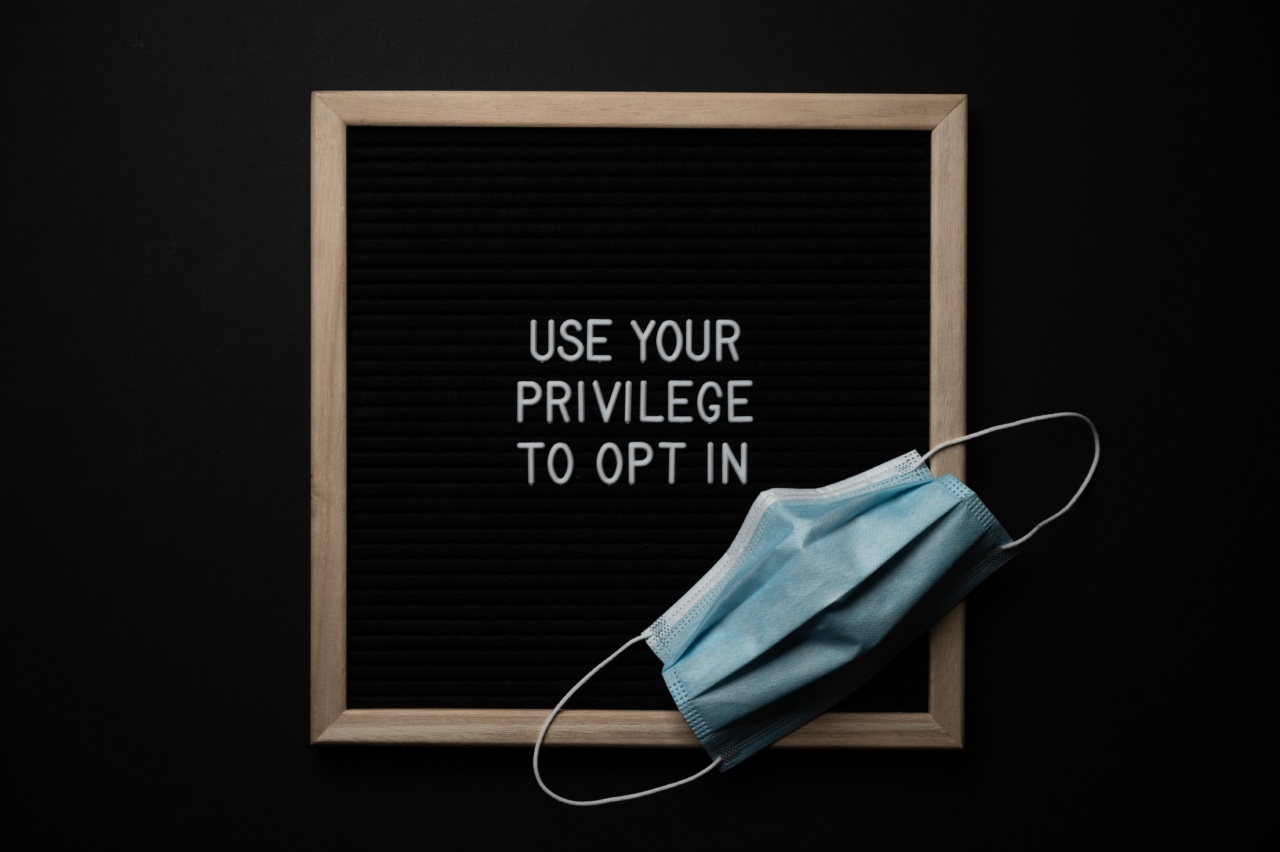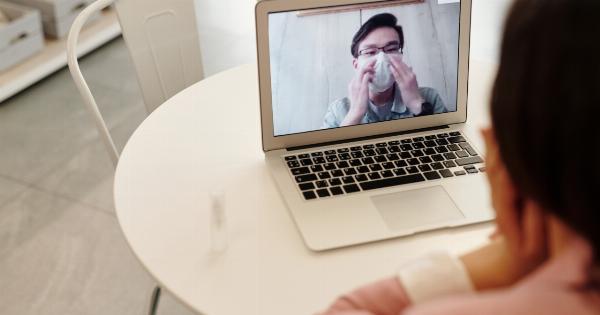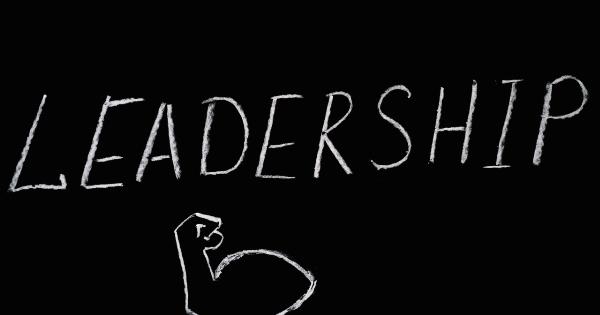Respiratory viruses can cause a range of illnesses, from mild colds to severe respiratory distress.
With the risk of respiratory infections always present, it is essential to take appropriate measures to safeguard your health and prevent the transmission of these viruses. This article provides valuable information on how to protect yourself and others from respiratory viruses.
Understanding respiratory viruses
Respiratory viruses primarily affect the respiratory tract, including the nose, throat, and lungs.
They can spread through various means, such as respiratory droplets when an infected person coughs or sneezes, physical contact with a contaminated surface, or by touching the face with contaminated hands. Some common respiratory viruses include influenza (flu), rhinovirus (common cold), respiratory syncytial virus (RSV), and coronavirus (including COVID-19).
Practicing good hand hygiene
One of the most effective ways to prevent the spread of respiratory viruses is by maintaining good hand hygiene. Wash your hands frequently with soap and water for at least 20 seconds, making sure to cover all surfaces.
If soap and water are not readily available, use an alcohol-based hand sanitizer with at least 60% alcohol content. Avoid touching your face, especially your eyes, nose, and mouth, as these are entry points for viruses.
Covering your mouth and nose correctly
When coughing or sneezing, cover your mouth and nose with a tissue or the inside of your elbow to prevent respiratory droplets from spreading. Dispose of used tissues immediately and wash your hands afterward.
If you are in a public setting and do not have a tissue, cough or sneeze into your elbow rather than directing it towards others. By practicing respiratory etiquette, you reduce the risk of spreading the virus to those around you.
Wearing a mask
In situations where social distancing is challenging, wearing a mask can be an effective measure to prevent the transmission of respiratory viruses.
Masks, particularly those that cover both the nose and mouth, can help block respiratory droplets from reaching others and vice versa. It is important to use masks correctly, ensuring a snug fit without unnecessary gaps. Follow local guidelines and recommendations regarding mask usage.
Practicing social distancing
Social distancing involves maintaining a distance of at least 6 feet (about 2 meters) from others to minimize the risk of respiratory virus transmission.
Avoid close contact with individuals who are sick, as well as crowded places where physical distancing may be difficult. By limiting in-person interactions, you reduce the chances of coming into contact with respiratory droplets.
Keeping your environment clean
Regularly clean and disinfect frequently touched surfaces, such as doorknobs, light switches, cell phones, and countertops. Use EPA-approved disinfectants and follow the instructions on the product labels.
Cleaning your environment helps eliminate any viruses that might be present and reduces the risk of contamination.
Ensuring good air quality
Airborne respiratory viruses can linger in enclosed spaces, increasing the risk of infection. Improve air circulation by opening windows or using fans to promote better ventilation.
If possible, use air purifiers with HEPA filters to trap and remove airborne particles, including viruses. Avoid crowded indoor spaces and opt for outdoor settings whenever feasible.
Boosting your immune system
A strong immune system plays a crucial role in defending against respiratory infections. Support your immune system by eating a balanced diet rich in fruits, vegetables, and whole grains.
Stay hydrated, engage in regular physical activity, and ensure you get enough sleep. Additionally, consider getting vaccinated against respiratory viruses such as the flu, as vaccines can significantly reduce the severity of the illness.
Staying informed and following guidelines
Stay updated with reliable sources of information, such as local health authorities, regarding respiratory viruses. Follow the guidelines and recommendations provided by health experts and authorities to protect yourself and others effectively.
Stay informed about the current state of the pandemic, including any new variants or emerging respiratory viruses.
Seeking medical attention when necessary
If you experience symptoms of a respiratory infection, such as a persistent cough, fever, difficulty breathing, or loss of taste or smell, seek medical attention promptly.
Follow the advice of healthcare professionals, get tested if recommended, and self-isolate if necessary. By taking these steps, you contribute to controlling the spread of respiratory viruses and protecting vulnerable individuals.































